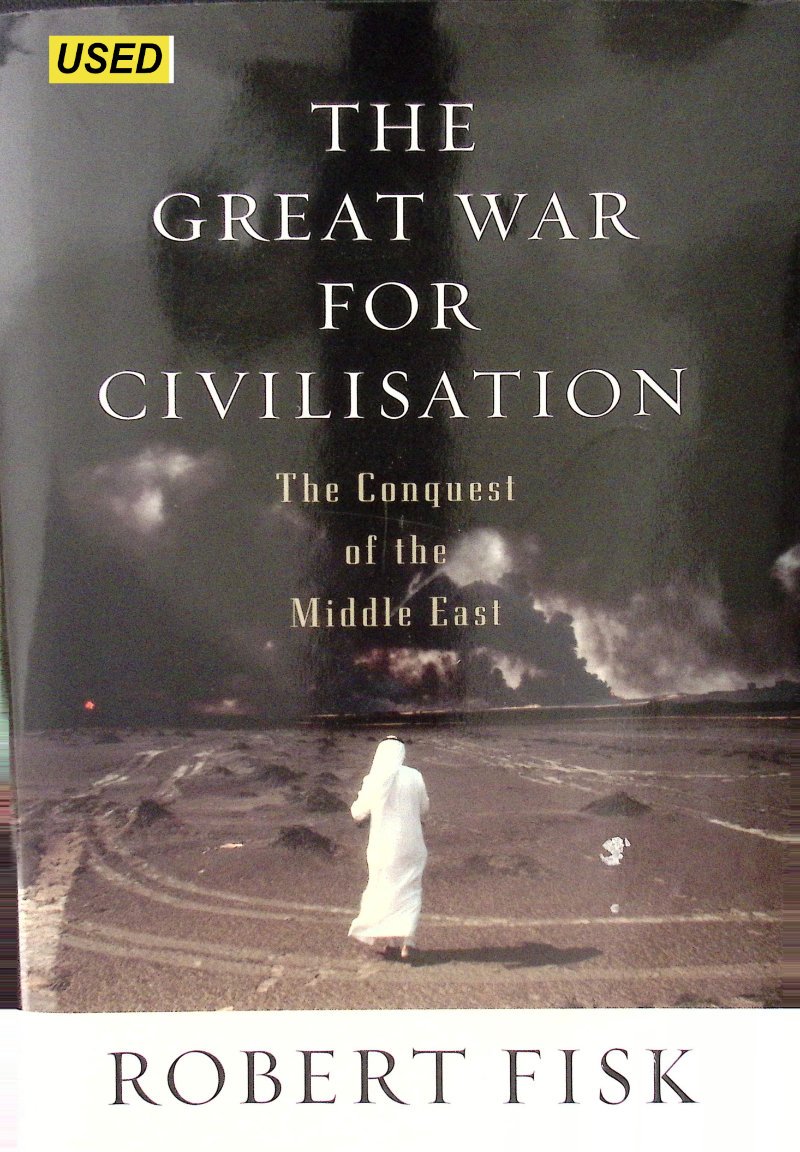By Amy Knight
FROM THE INTRODUCTION: “This book tells the story of what happened to the world's most 1991 as the KGB, when the totalitarian Soviet empire that supported it collapsed. How does such an organization survive in a world where the rules of the game have changed dramatically? Why, for that matter, does it survive at all, given that the cold war has ended and Russia has embarked on a path of political and economic transformation? Does the KGB's successor organization still represent a threat to Western interests and an enemy to the development of democracy within the former Soviet Union? This account is part of the larger story of the post-Soviet political system in transition, and, although the book deals with one element of that system, its ultimate aim is to provide a deeper understanding of domestic and foreign politics in the former Soviet Union….”
Princeton, New Jersey. Princeton University Press. 1996. 328p.





















